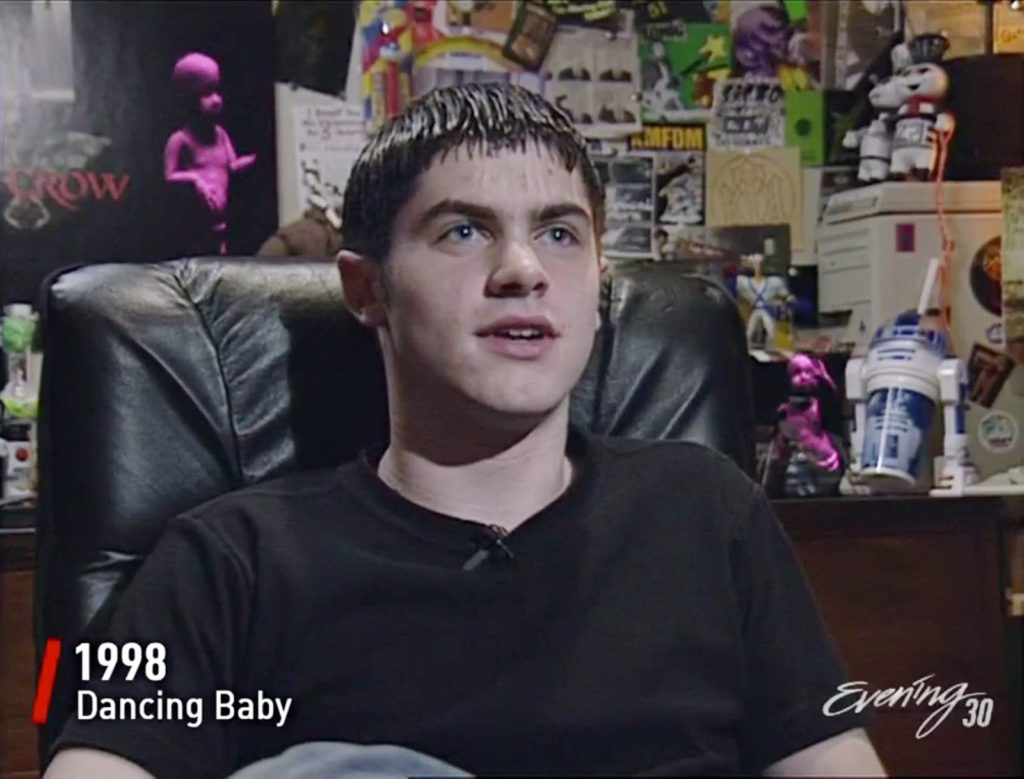Thanks BBC Micro!
HackerRank has published its 2018 Developer Skills Report. The paper looks at a number things essential to understanding the developer landscape, and explores things like the perks coders demand from their workplaces, the technologies they prefer to use, and how they entered the software development industry in the first place.
While perusing the paper, something struck me as particularly interesting. One of the questions HackerRank asked its community was when they started coding. It then organized the data by age and country.
Almost immediately, you notice an interesting trend. Those in the 18 to 24 age group overwhelmingly started their programming journey in their late teens. 68.2 percent started coding between the ages of 16 to 20.
When you look at older generations, you notice another striking trend: a comparatively larger proportion started programming between the ages of five and ten. 12.2 percent of those aged between 35 and 44 started programming then.
It’s obvious why that is. That generation was lucky enough to be born at the start of the home computing revolution, when machines bearing the logos of Acorn and Commodore first entered the living rooms of ordinary people.
…
This survey parallels my own experience: that among developers, those of us who grew up using an 80s microcomputer at home were likely to have started programming a decade or so younger than those who grew up later, when the PC had come to dominate. I’ve written before about why I care about programming education, and I still think that we’re not doing enough to show young learners what’s “under the bonnet” of our computer systems. A computer isn’t just a machine you can use, it’s a tool you can adapt: unlike the other machines you use, which are typically built to a particular purpose, a computer is a general-purpose tool and it can be made to do an infinite number of different tasks! And even if programming professionally isn’t “for you” (and it shouldn’t be for everyone!), understanding broadly how a tool – a tool that we all come into contact with every single day – is adapted makes us hugely better-able to understand what they’re capable of and pushes us forwards. Imagine how many young inventors would be able to realise their for the “killer app” they’ve dreamed up (even if they remained unable to program if themselves) if they were able to understand the fundamental limtations and strengths of the platforms, the way to express their idea unambiguously in a way that a programmer could develop, and the way to assess its progress without falling into the “happy path” testing problem.
I’m not claiming that late-Gen X’s are better programmers than Millenials, by the way: absolutely not saying that! I’m saying that they were often lucky enough to be shaped by an experience that got them into programming earlier. And that I wish we could find a way to offer that opportunity to today’s children too.
